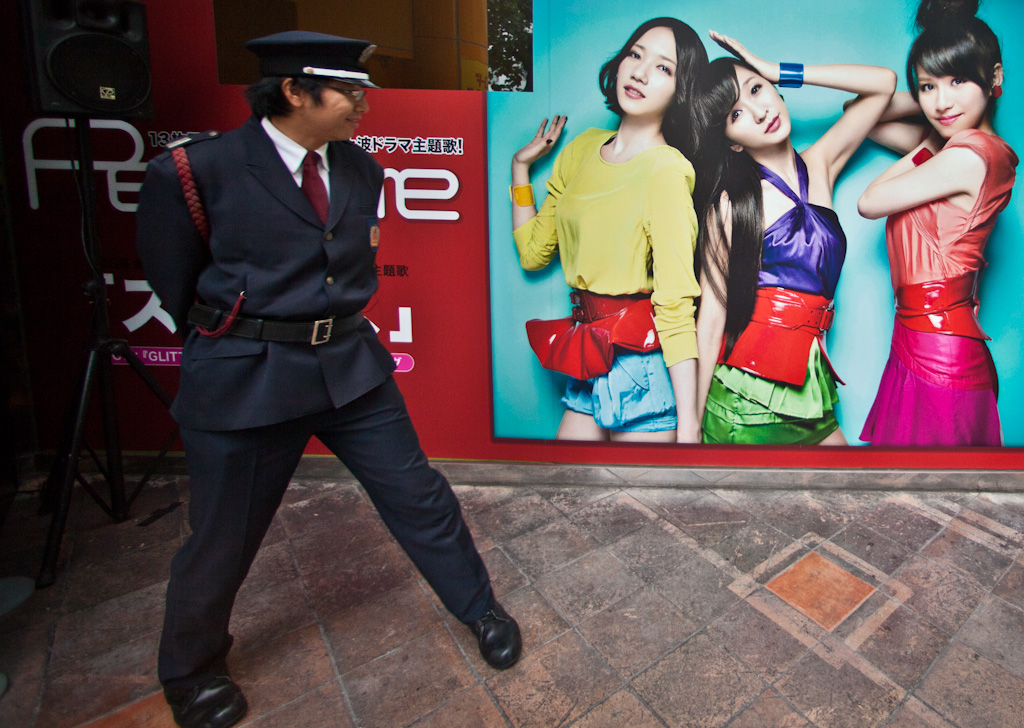One of the perks this work is that you get to experience things a little off the beaten path – whether its remote vistas, or brushing up against personalities that wouldn’t be out of place in a Nollywood movie (or for me this week – for the first time experiencing adventure playgrounds in Tokyo through the eyes of my 20 mo/old). On occasion when I’ve shared an experience with on Twitter someone replies with “a photo or you didn’t see it”.
The keen researcher of human behaviour can dissect this seemingly trivial phrase in any number of ways: that in a world of almost infinite content and link bait the burden of providing proof is on the sharer; that by most metrics a photo will suffice to provide that proof; and that the statement assumes that for the sharer to provide that photographic proof is a relatively trivial barrier to entry – they will no-doubt have a camera phone and sufficient internet connectivity. (An insecure recipient would interpret this as an assault on their credibility).
The phrase “a photo or it didn’t happen” is very much of this time – if someone from 2021 were to remember it (and I doubt anyone will, unless someone from the future is doing a project about silly things people said in 2011, namaste by the way) it will be because it was still in that time when we still relied on, and trusted in visual information as being sufficient evidence, a primary source of information.
Today we are particularly enamoured with churning out visual material – well over a billion image capturing sensors in camera phones, cameras, computers and TVs every year – the growth of recorded and shared visual material would stun someone as little as 10 years ago. Photos make excellent containers of information – we are highly evolved at decoding and consuming visual material we have, in the words of Kevin Kelly, developed an acute level of screen literacy. But there are a number of technological trajectories that will change how we validate whether something is real, ‘the truth’ – and the relative importance of a photo in this validation.
The first is that photos are becoming ever easier to manipulate, to the extent that we will be able to create and recreate photo-realistic images in real time. The second is that as connectivity, search and predictability improves so will our ability to pull in and combine sufficiently plausible content in real time – if you can imagine it you can generate content related to it – the only barrier is your imagination. The third trajectory comes from a different angle – that the criteria for judging whether something or someone is real will depend so much more on that what you see: your location; what other people have recorded of the same situation; what a range of other heat/sound/humidity/smell/taste/light/speed/.. sensors will also record.
Enjoy the moment.

One Trackback
[…] Future Perfect » A Shift From the Visual One of the perks this work is that you get to experience things a little off the beaten path – whether its remote vistas, or brushing up against personalities that wouldn’t be out of place in a Nollywood movie (or for me this week – for the first time experiencing adventure playgrounds in Tokyo through the eyes of my 20 mo/old). On occasion when I’ve shared an experience with on Twitter someone replies with “a photo or you didn’t see it”. The keen researcher of human behaviour can dissect this seemingly trivial phrase in any number of ways: that in a world of almost infinite content and link bait the burden of providing proof is on the sharer; that by most metrics a photo will suffice to provide that proof; and that the statement assumes that for the sharer to provide that photographic proof is a relatively trivial barrier to entry – they will no-doubt have a camera phone and sufficient internet connectivity. […]